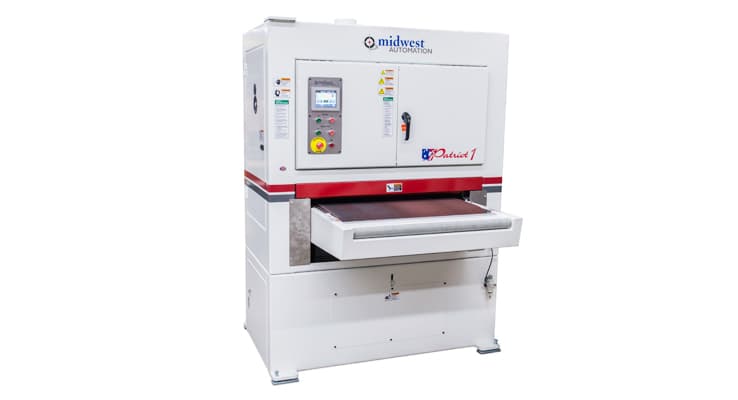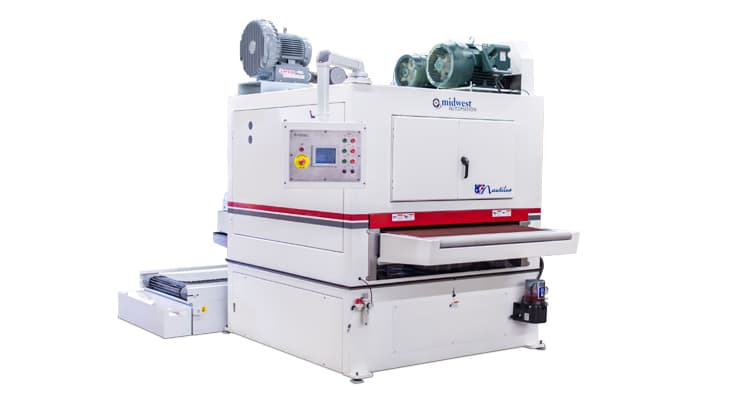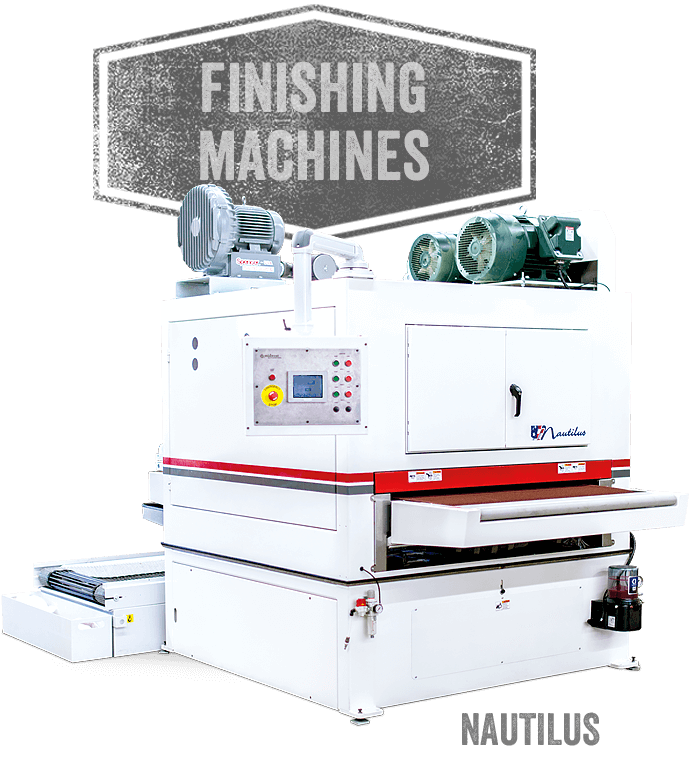Conveyor
Gulf States Saw & Machinery Co., Inc. can provide top-quality abrasive solutions for each customer, no matter what their material or application. Our machines are capable of performing a wide range of tasks depending on the job, such as deburring, slag grinder, edge rounding and calibrating, or finishing. We also have dry metal machines which can be used in many other applications and offer many benefits.
Our expertise in centrifugal finish can be put to use for your benefit. Send us some parts for testing now! We are happy to provide a free evaluation.


